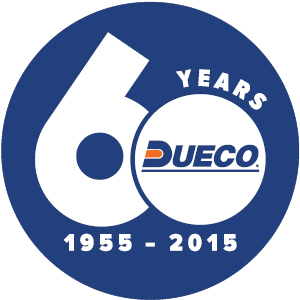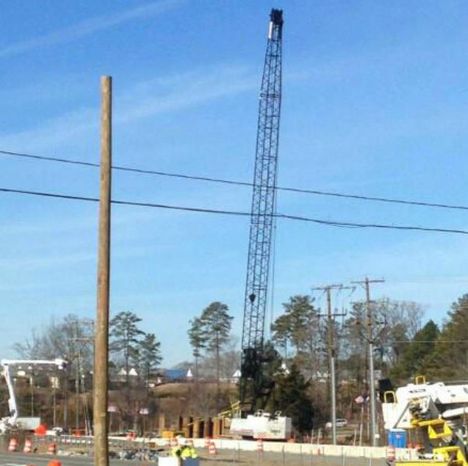Terex has acquired most of the assets of Dueco -Terex Utilities largest distributor and mounting company. Wisconsin based Dueco is responsible for
Terex Utilities sales and service across 17 states.
Details of the transaction have not yet been released, nor specific merger strategies, but it looks as though Terex Services will add the additional product support coverage to its existing network, which could be used to help support other group products, such as those made by Genie.
Dueco was founded by Pete Dalum in 1955 and and was renamed Dalum’s Utility Equipment Company in the 1970s – thus DUECo. It is almost unique among larger companies in the sector in that it is female owned and run. It has expanded its business rapidly in recent years and was appointed as a Fassi dealer in 2011. In May last year Terex added Wyoming and Montana to its territory. Terex statement said: “Customers will benefit further from the unified team working with a streamlined sales and service pipeline with a more focused approach and expanded solutions”.
Dueco chief executive Judie Taylor, whose family started the business, added: “We are very glad to be an integral component of Terex now. Dueco’s philosophy has always been to focus on our customers and our team, with a passionate desire to take care of both. Our customers will benefit from the vertical integration and seamless depth of expertise with our combined teams to support customers nationwide and even globally”.
“Our team members, some of whom have been with us for decades, will be able to grow and prosper as Terex grows within the electric utility market. Historically, the Terex and Dueco team members have been working on parallel paths to support the customers in the marketplace. It is a natural synergy, and we are excited that the collaboration of the combined teams, and the breadth and depth of their knowledge-base, will be unsurpassed in the industry! We are ready to build and grow the Terex brand.”
Terex Utilities general manager Don Anderson said: “Dueco has been a major part of our business for the past 55 years. We are very happy to have the opportunity to bring their entrepreneurial spirit and customer responsiveness into our organisation. This acquisition shows our commitment to continue to invest in bringing better solutions to our customers in the global utility and services markets. We’re eager to move forward and continue to build on our recent growth while helping our customers to succeed.”
Scott Hensel general manager of Terex Services added: “By bringing Terex and Dueco together, Terex Services now has a national footprint with over 700 technicians and 56 service centre locations. This brings even more value to our customers and allows us to expand our Equipment Services solutions within the Utilities and Aerial markets by developing a stronger presence in the Midwest and Northeast regions.”




